di Marco Arrigoni
Sono due designer, sono brasiliani, sono fratelli, nati da genitori italiani. Sono cresciuti a Brotas, nello stato di San Paolo, in una casa circondata da alberi da frutta e ruscelli che portano ai laghi e alle cascate del Brasile.
Da piccoli frequentano il Cine São José, un cinema anni Sessanta in cui vengono affascinati dal neorealismo italiano e incantati dai film di Pier Paolo Pasolini, Federico Fellini, Luchino Visconti e Michelangelo Antonioni.
Il Brasile è tutt’ora la loro terra di residenza e il costante punto di riferimento in tutte le loro creazioni. È la fonte primaria dei materiali con cui sono fatti i loro prodotti, dei colori che scelgono e delle tecniche artigianali che propongono.
Il loro design vuole rappresentare l’innesto culturale della loro terra d’origine, il fragore visivo delle sue strade, i sapori, visi, gusti, costumi del loro paese. Sono affascinati dalle distonie, dalle miscele espressive, dai rimandi culturali, dalle sovrapposizioni e dagli assemblaggi ideologici.
Per questo utilizzano materiali sempre diversi, aggregati di volta in volta in modalità inedite. I loro progetti non vengono prodotti industrialmente e in serie: sempre introducono l’elemento della diversità e dell’unicità. La manodopera è per loro centrale proprio per garantire l’esclusività del pezzo. Questo è uno degli aspetti principali della loro cifra stilistica e per questo i loro pezzi vengono battuti all’asta a cifre stellate, come vere e proprie opere d’arte.
Humberto è nato nel 1953 e Fernando nel 1961. Sono conosciuti a livello globale come i Campana Brothers – in Italia il loro marchio diventa però Fratelli Campana. Il primo è laureato in legge, il secondo in architettura. Humberto si occupa principalmente della parte gestionale dello Studio Campana, dei contatti, delle relazioni con il team di lavoro. Fernando è la mente creativa, disegna, traduce gli spunti, li converge sulla carta.
Fanno il loro ingresso nel design nel 1983 e spopolano nel 1989 quando a San Paolo presentano la loro prima mostra personale, con una serie di sedie di metallo dal titolo Desconfortàveis (“Scomodi”), che rendono provocatoria e scomoda la loro fruizione.
Nei primi anni Novanta nasce uno dei loro pezzi più celebri e riconoscibili. Si tratta della sedia Favela, disegnata per l’azienda di design toscana Edra e composta da centinaia di strisce di pino o teak assemblate tra di loro con colla o chiodi, fino a realizzare una seduta priva di struttura interna. Il nome è dato dal richiamo visivo che questa sedia instaura con le abitazioni delle favelas brasiliane, nate dall’assemblaggio di legno e oggetti di vario tipo.
È chiaro sin da subito il loro intento: utilizzare materiali poveri e scarti industriali, nobilitarli per costruire oggetti di design, esaltare un’energia di trasformazione e reinvenzione. È un processo di recupero del valore dell’artigianalità, di riscatto delle soluzioni semplici, con cui ottenere risultati inaspettati nella loro imprevedibilità.
Sempre fatta per assemblaggio ma ben più scherzosa è invece la Banquete chair, una poltrona dalla struttura in alluminio la cui seduta è realizzata attraverso l’accumulo di peluche vari – panda, coccodrilli, delfini, Minnie e Topolino. Riutilizzando elementi preesistenti hanno creato l’imbottitura senza ricorrere al metodo tradizionale di costruzione di una poltrona: sperimentare per costruire.
Altro pezzo iconico dei Fratelli Campana è la sedia Vermelha. Ha una struttura in acciaio su cui si annoda senza un ordine preciso una corda in anima d’acrilico lunga circa 500 metri. Sovrabbondanza, avanzo e una certa confusione danno origine a una seduta morbida, avvolgente, che prima che oggetto è processo, un’opera d’arte che, a detta dei fratelli, è solo dopo diventata oggetto di design, quando Edra ha deciso nel 1998 di produrla.
La sedia viene esposta nella mostra che più di tutte ha segnato e decretato il loro riconoscimento nel mondo del design, quella organizzata nel 1998 al MoMA di New York dalla curatrice del Dipartimento di Architettura e Design del museo Paola Antonelli, dal titolo “Projects 66: Campana/Ingo Maurer”, in cui il duo ancora emergente si confronta con uno dei designer più affermati, Ingo Maurer.
Altro progetto sorprendente è TransNeomatic (2007), la serie di contenitori realizzati per l’azienda di design losangelina Artecnica con ruote di scooter e vimini naturale, dopo aver lavato la gomma con una soluzione a base d’acqua, non tossica ed eco-friendly. L’artigianalità e la cura della lavorazione del vimini reinventano la funzione e l’estetica di un oggetto di scarto, nonché una delle principali fonti di inquinamento odierno. Non è un caso che Artecnica ha deciso di produrre TransNeomatic in Vietnam, dove il numero sovrabbondante di pneumatici in disuso è stato lavorato da artigiani qualificati di un villaggio del posto.
Simile nel nome e nell’intento è la serie TransPlastic (2007), dove sedie di plastica o lampade sono invase da una fibra naturale che causa vari danni alle foreste brasiliane perché soffoca gli alberi attorno a cui si innesta. L’estrazione di questa fibra – avvenuta manualmente, senza macchinari che possano danneggiare le piante – è in sé anche l’occasione per preservare e controllare la biodiversità delle foreste. Nell’oggetto finale il vimini continua simbolicamente ad aggrapparsi, ma questa volta sugli oggetti in plastica, soffocandoli e camuffandoli.
Sempre utilizzando fibre naturali, in particolare la rafia, i Fratelli Campana realizzano la Cabana (2010), un mobile in cui i cinque ripiani interni sono mascherati da una cascata di filamenti pagliosi che cadono sino a terra come una lunga chioma.
Dicono di loro stessi di essere dei designer alchimisti, capaci di attuare metamorfosi che fanno dei materiali poveri qualcosa di prezioso. Danno primaria importanza al processo realizzativo, il fatto a mano diventa allora elemento centrale del loro pensiero, un’occasione di rivincita sociale degli artigiani che vengono chiamati a lavorare.
Spesso i Fratelli Campana collaborano con le ONG, coinvolgendo persone in cerca di aiuto, di un’occupazione, di uno stipendio. Così è successo con la cooperativa Coopa Roca, che offre lavoro a donne di Rochinha, la più vasta favela di Rio de Janeiro, con cui hanno realizzato delle magliette per Lacoste, rivalutando e salvando la preziosa manodopera sartoriale brasiliana.
Il loro design è una narrazione, parla della storia e della provenienza dei materiali utilizzati, delle urgenze del mondo contemporaneo, delle diseguaglianze, dell’inquinamento, dell’estinzione degli animali e dell’importanza del riutilizzo. I Fratelli Campana dimostrano sempre la loro attenzione nei confronti dei cambiamenti che accadono a livello mondiale, perché sono ben coscienti che creare prodotti di design significa entrare in relazione diretta e continua con la società e la vita delle persone. La decisione di recuperare la tradizione e una certa forma di archeologia del materiale significa portare all’attenzione generale l’interesse per le rimanenze delle usanze arcaiche, che resistono contro la globalizzazione. Significa in prima istanza prestare attenzione nei confronti della ricchezza popolare brasiliana, esaltarla, arricchirla, evitando la colonizzazione culturale.
I pezzi dei Fratelli Campana fanno parte delle collezioni permanenti del Centre Georges Pompidou di Parigi, del MoMa di New York, del Museo Les Arts Décoratifs di Parigi, del Museo d’Arte moderna di San Paolo e del Vitra design Museum di Weil am Rhein.
Nel 2008 sono stati premiati come Designer of the Year by Design Miami e nel 2012 hanno ricevuto il riconoscimento Designers of the Year Maison & Objet. Nello stesso anno sono stati selezionati per il premio Colbert Comité a Parigi; celebrati durante la Pechino Design Week, insigniti con l’“Ordine al Merito Culturale” a Brasilia e con l’“Ordine delle Arti e delle Lettere” dal Ministro della Cultura, in Francia.
Collaborano con aziende come Alessi, Artecnica, Baccarat, Bernardaud, Cosentino, Corsi Design, Edra, Fendi, Grendene, H. Stern, Lacoste, Louis Vuitton, Moleskine, Nodus, Trousseau, Venini e tanti altri.
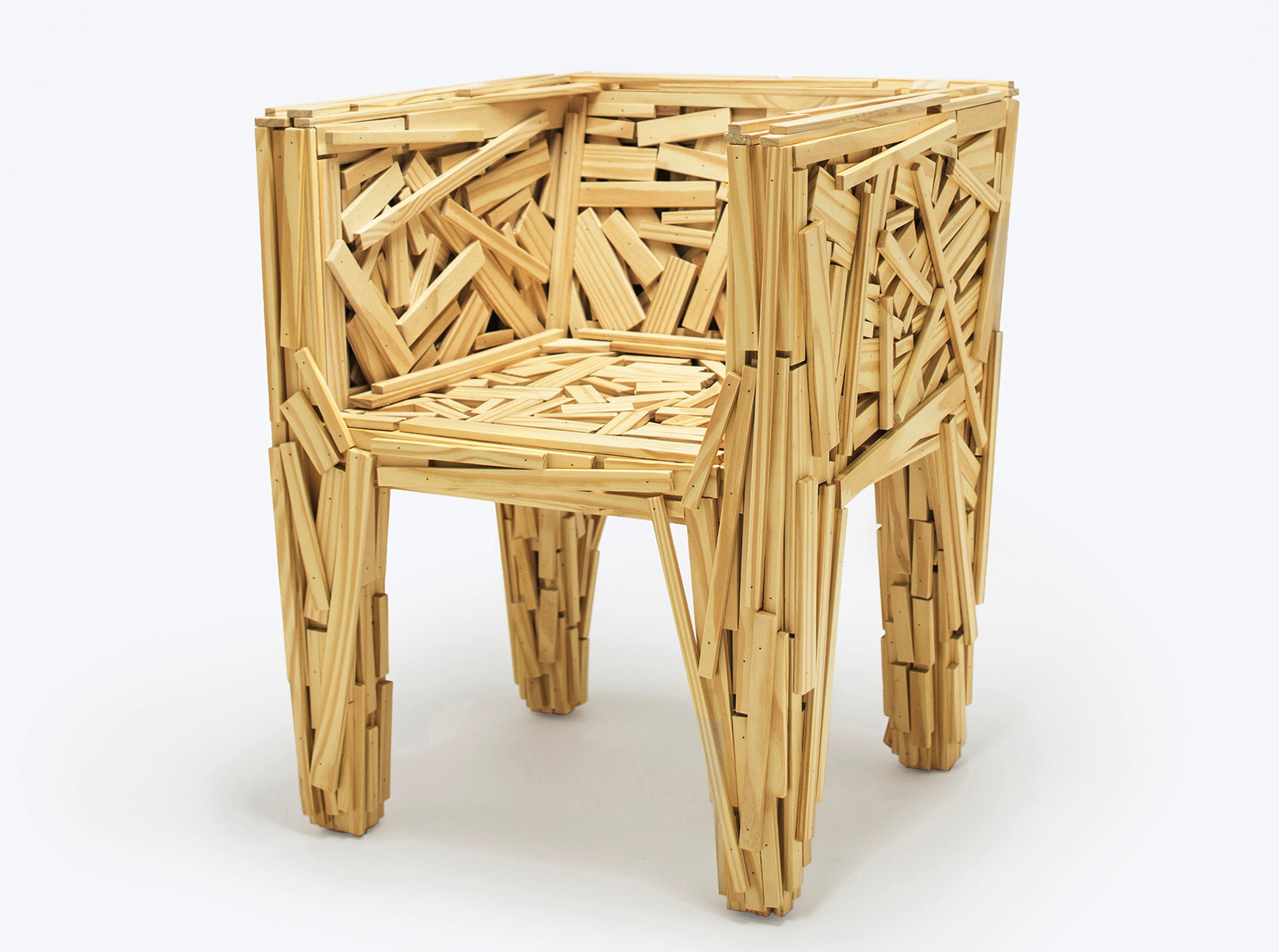
Campana Brothers | Brazil is a unique piece
Marco Arrigoni
They are two designers, they are Brazilians, brothers, born from Italian parents. They grew up in Brotas, in the state of São Paulo, in a home surrounded by fruit trees and water streams leading to the lakes and waterfalls of Brazil.
When they where children, they used to spend time at the Cine São José, a sixties movie theater, where they were bewitched by the Italian neorealism and the movies directed by Pier Paolo Pasolini, Federico Fellini, Luchino Visconti and Michelangelo Antonioni.
Brazil is currently still the land where they live and the constant point of reference for all their creations. It is the primary source for the materials employed in their products, for the colors they choose and the artisanal techniques they propose.
Their design wants to convey the cultural identity of their homeland, the visual impact of their streets, the flavors, faces, tastes and costumes of their country. They are charmed by the dystonia, the expressive mixtures, the cultural references, the superimposition and the ideological assemblies.
For this reason, they always employ different materials, combined from time to time in original ways. Their projects are never industrially produced in series: they always introduce the element of diversity and uniqueness. According to them, manpower is essential precisely because it guarantees the exclusivity of the piece. This is one of the main features of their style, and for this reason their pieces are auctioned for high prices, like actual art pieces.
Humberto was born in 1953 and Fernando in 1961. They are known around the world as the Campana Brothers – In Italy their brand becomes Fratelli Campana. The first graduated in Law Studies, the second in Architecture. Humberto mainly works on the managing side of the Campana studio, that is, contacts, human relations and teamwork. Fernando is the creative mind, he draws and translates his ideas, transcribing them on paper.
They made their debut in 1983 and reached notoriety in 1989, when they presented their first exhibition in São Paulo, featuring a series of unique metal chairs, titled Desconfortàveis (“Uncomfortable”), that made using them challenging and uncomfortable.
In the early nineties, one of their most famous and recognizable pieces was created. We are talking about the Favela chair, created for the Tuscan design company Edra and realized with hundreds of pine or teak stripes assembled with glue or nails, to realize a chair lacking any internal structure. The name was given following the visual cue this chair establishes with the buildings in the Brazilian favelas, born through the assembling of wood and various materials.
From the beginning, their goal is very clear: using humble materials and industrial leftovers, dignifying them to build design objects, intensifying an energy of transformation and reinvention. It is a process that recovers the values of craftmanship, redeems simple solutions, and obtains unexpected and unpredictable results.
Always created through assembling, yet much more playful is the Banquete chair, an armchair with an aluminum structure, whose sit is realized through a hoard of several plushs – pandas, crocodiles, dolphins, Minnie and Mickey Mouse. By reusing preexisting elements, they created the filling without following the traditional methods: building by experimenting
Another iconic piece by the Campana Brothers it the Vermehla chair. It features an iron structure around which an acrylic cord about 500 meters long is randomly tied. Excess, leftovers and a certain confusion give origin to a soft, embracing chair, that before being an object is a process, a work of art that, according to the brothers, only became a design object later, when Edra decided to produce it in 1998.
The chair is part of the exhibition that above all others has given them their recognition in the design world, the exhibition organized in 1998 at the New York MoMa, by the administrator of the Department of Architecture and Design of the museum, Paola Antonelli, titled “Project 66: Campana /Ingo Maurer” where the still emerging duo confronted themselves with one of the most famous designers, Ingo Maurer.
Another surprising project is TransNeomatic (2007), a series of containers, realized for the Los Angeles design firm Artecnica, made of scooters wheels and natural wicker, after washing the tire with a water-based solution, non-toxic and eco-friendly. The craftmanship and the care in the wicker processing reinvent the function and the aesthetic of a scrapped object, as well as one of today’s main pollution sources. It is not by chance that Artecnica decided to produce TransNeomatic in Vietnam, where the overwhelming number of abandoned tires has been processed by qualified artisans of a local village.
Similar name and goal with the TransPlastic series (2007), where plastic chairs and lamps are invaded by a natural fiber that causes serious damage to the Brazilian forests, as it suffocates the surrounding trees. The extraction of this fiber – operated manually without the employment of machines that could harm the plants – is also the chance to preserve and control the biodiversity of these forests. In the completed object, the wicker symbolically continues clinging, but this time on plastic objects, suffocating and masking them.
Natural fibers, Raffia in particular, are also used by the Campana Brothers to realize Cabana (2010), a piece of furniture whose five shelves are masked by a waterfall of straw fibers that reach the ground, like a long mane.
They describe themselves are alchemists/designers, able to carry out metamorphosis that make humble materials into something precious. They give primary importance to the realization process, the hand-made becomes a central element of their philosophy, a chance for social payback for the artisans.
Often, the Campana Brothers collaborate with NGO, involving people in need for help, job and a salary. This is what happened with the Coopa Roca cooperative, that offers a job to the women in Rochinca, the biggest favela in Rio de Janeiro, they realized some t-shirts for Lacoste, reevaluating and saving the precious Brazilian tailoring craft.
Their design is a tale that tells about the story and origin of the materials, the pressures of the contemporary world, the inequality, pollution, animal extinction and the importance of recycling. The Campana Brothers always showed their attention concerning the changes happening on a global scale, because they understand that creating design objects means establishing a direct and continuous relationship with society and the people. The decision to recover the tradition and a certain form of archeology of materials means bringing to the global attention the interest for the remnants of the ancient customs, that are still resisting against globalization. It means in the first place paying attention towards the Brazilian popular richness, exalting it, enriching it, avoiding cultural colonization.
The pieces made by the Campana Brothers are part of the permanent exhibitions of the Centre Georges Pompidou in Paris, of the New York Moma, of the Museé Les Arts Decoratifs in Paris, of the São Paulo Museum of Modern Art and the Vitra Design Museum in Weil am Rhein.
In 2008, they have been awarded as Designers of the Year by Design Maimi, and in 2012 they have been selected for the Colbert Comité Award in Paris: celebrated during the Beijing Design Week, awarded with the “Order for Cultural Merits” in Brasilia and the “Order of Arts and Letters” from the Minister of Culture, in France.
They work together with brands such as Alessi, Artecnica, Baccarat, Bernardaud, Cosentino, Corsi Design, Edra, Fendi, Grendene, H. Stern, Lacoste, Louis Vuitton, Moleskine, Nodus, Trousseau, Venini and many others.


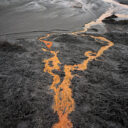
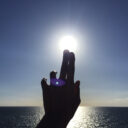

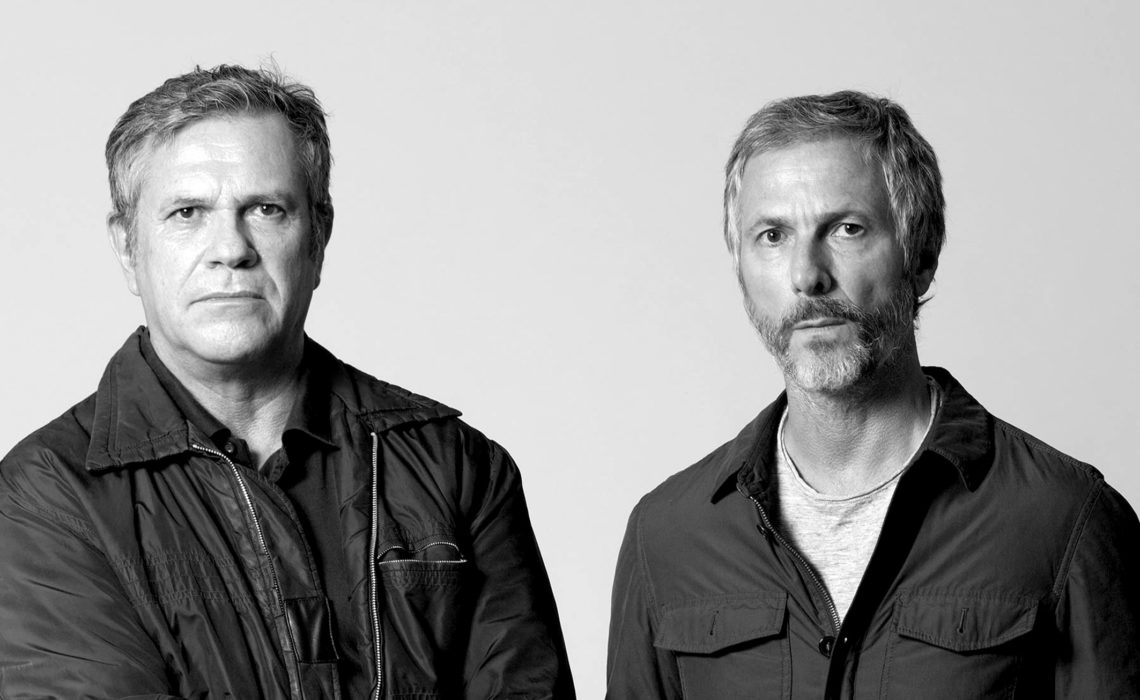
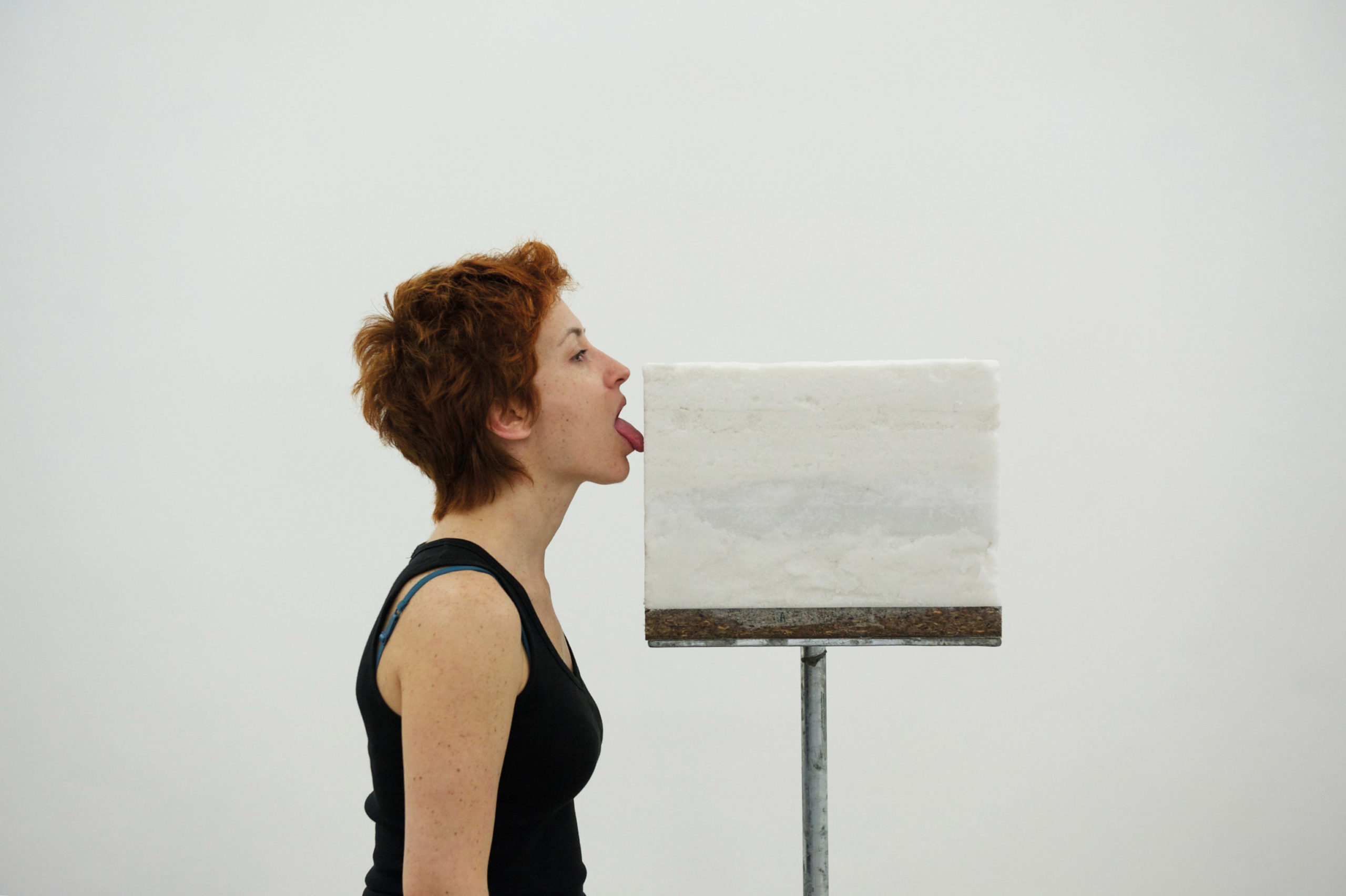
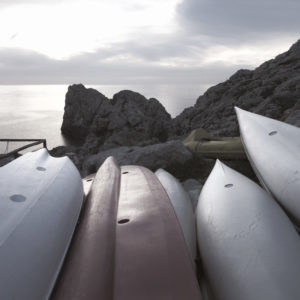
No Comments